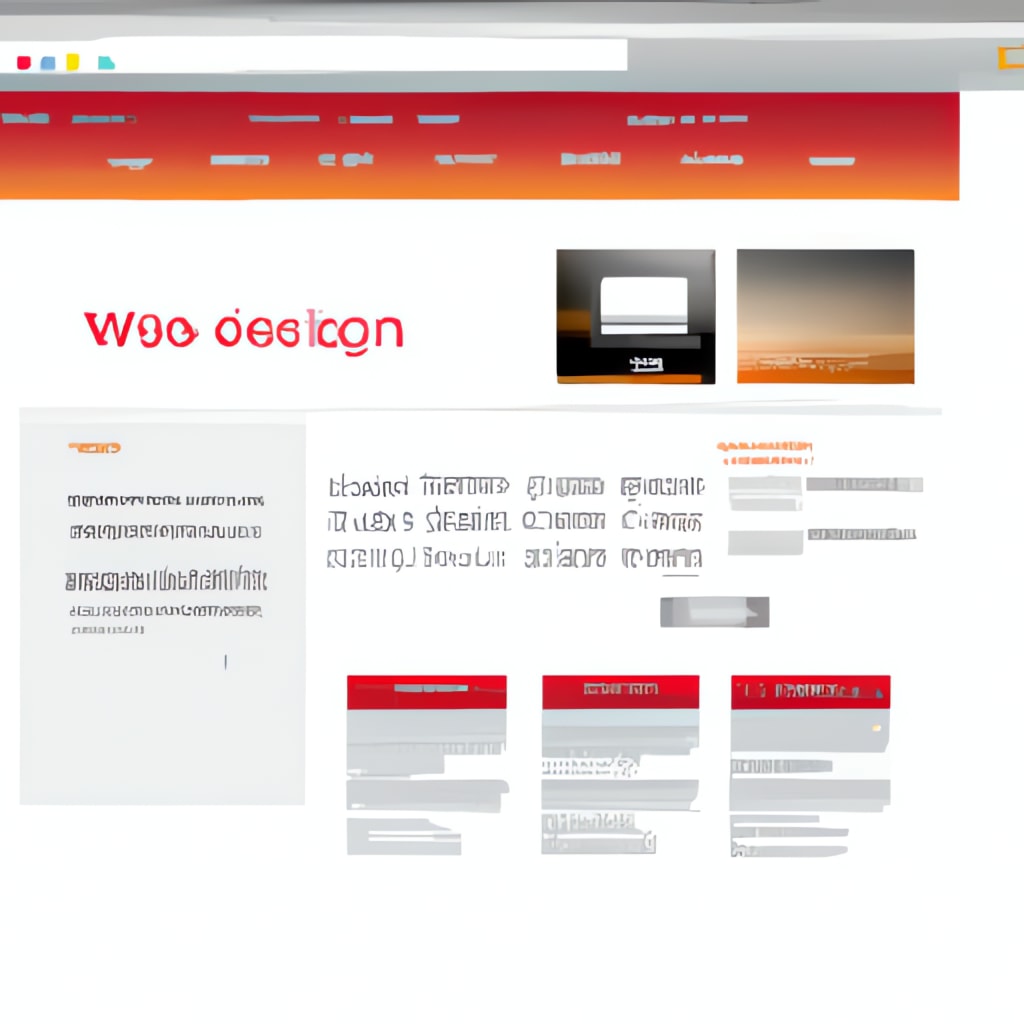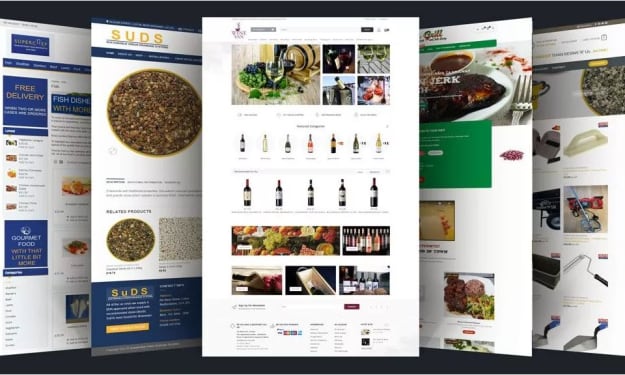The Best Web Design Practices in the UK: A Comprehensive Guide
Guideline

In today's digital age, having an attractive and functional website is crucial for any business looking to establish an online presence. A well-designed website can attract more visitors, improve user experience, and boost conversion rates. In the UK, web design is a rapidly growing industry, with many talented designers and agencies offering a wide range of services. In this comprehensive guide, we will explore the best web design practices in the UK and provide valuable insights into the latest trends and techniques.
Mobile-First Design
With more than half of all internet traffic coming from mobile devices, it's essential to prioritize mobile-first design. This means designing a website for mobile devices first, before moving on to desktop devices. Mobile-first design ensures that the website is optimized for smaller screens, has faster load times, and provides a better user experience for mobile users. Mobile-first design is also critical for improving search engine rankings, as Google now uses mobile-first indexing to determine website rankings.
User-Centric Design
User-centric design is a design approach that focuses on the user's needs and preferences. This approach involves understanding the user's behavior, motivations, and pain points, and designing a website that meets their needs. User-centric design is critical for improving user experience, as it ensures that the website is easy to navigate, has clear and concise content, and is visually appealing. User-centric design also helps to improve conversion rates, as it encourages users to take action on the website.
Accessibility
Accessibility is an essential aspect of web design, as it ensures that the website is accessible to all users, regardless of their abilities. Accessibility involves designing a website that is easy to use for people with disabilities, such as vision impairment, hearing impairment, or motor disabilities. This includes using alt tags for images, providing closed captions for videos, and ensuring that the website is compatible with assistive technologies such as screen readers.
Minimalism
Minimalism is a design trend that focuses on simplicity and minimalism. Minimalist design involves using minimal elements, such as white space, simple typography, and a limited color palette. Minimalism is popular in the UK web design industry, as it provides a clean and elegant design that is easy to navigate and provides a seamless user experience. Minimalism also helps to improve website load times, which is critical for improving search engine rankings and user experience.
Typography
Typography is a critical element of web design, as it sets the tone and personality of the website. Typography involves choosing the right font, size, and spacing for the website's text. In the UK web design industry, typography is becoming increasingly important, as designers are focusing on creating unique and creative typography that sets their websites apart. Custom typography is particularly popular, as it helps to create a brand identity and provides a more personalized experience for users.
Animation
Animation is a trend that is becoming increasingly popular in the UK web design industry. Animation involves adding moving elements to the website, such as sliders, pop-ups, and hover effects. Animation can help to create a more engaging and interactive user experience, as it encourages users to interact with the website and provides visual interest. However, it's important to use animation sparingly, as too much animation can be distracting and slow down website load times.
Video Content
Video content is becoming increasingly popular in the UK web design industry, as it provides an engaging and immersive user experience. Video content can be used for a variety of purposes, such as product demos, tutorials, and brand storytelling. Video content can help to improve website engagement and conversion rates, as it provides a more personal and emotional connection with users.
Branding
Branding is an essential aspect of web design, as it helps to create a unique and memorable brand identity. Branding involves creating a consistent visual and verbal identity that reflects the company's values, mission, and personality. Branding includes elements such as logo design, color schemes, typography, and tone of voice. In the UK web design industry, branding is becoming increasingly important, as businesses are looking to differentiate themselves in a crowded market. A strong brand identity can help to improve brand recognition, build customer loyalty, and increase conversion rates.
Read more: Unlocking the Secrets of SEO: A Guide to Boosting Your Online Visibility
Website Speed
Website speed is a critical factor in web design, as it has a significant impact on user experience and search engine rankings. A slow-loading website can lead to high bounce rates and lower search engine rankings, while a fast-loading website can improve engagement and conversion rates. In the UK web design industry, designers are focusing on optimizing website speed through techniques such as image optimization, caching, and code optimization.
Responsive Design
Responsive design is a design approach that involves designing a website that adapts to different screen sizes and devices. Responsive design is essential in the UK web design industry, as users are increasingly accessing websites on a variety of devices, including smartphones, tablets, and laptops. Responsive design ensures that the website is optimized for each device, providing a consistent and seamless user experience. Responsive design also helps to improve search engine rankings, as Google favors websites that are mobile-friendly.
Read More: Web Design: Always Design For Your Targeted Market
Conclusion
In conclusion, the UK web design industry is rapidly evolving, with designers and agencies adopting new trends and techniques to create attractive, functional, and user-centric websites. The best web design practices in the UK involve prioritizing mobile-first design, user-centric design, accessibility, minimalism, typography, animation, video content, branding, website speed, and responsive design. By incorporating these practices into your web design strategy, you can improve user experience, increase engagement, and boost conversion rates.
About the Creator
Neck Akila
My specialty is combining research-backed strategies to create marketing copy that resonates with readers and drives conversions
Enjoyed the story? Support the Creator.
Subscribe for free to receive all their stories in your feed. You could also pledge your support or give them a one-off tip, letting them know you appreciate their work.





Comments
There are no comments for this story
Be the first to respond and start the conversation.